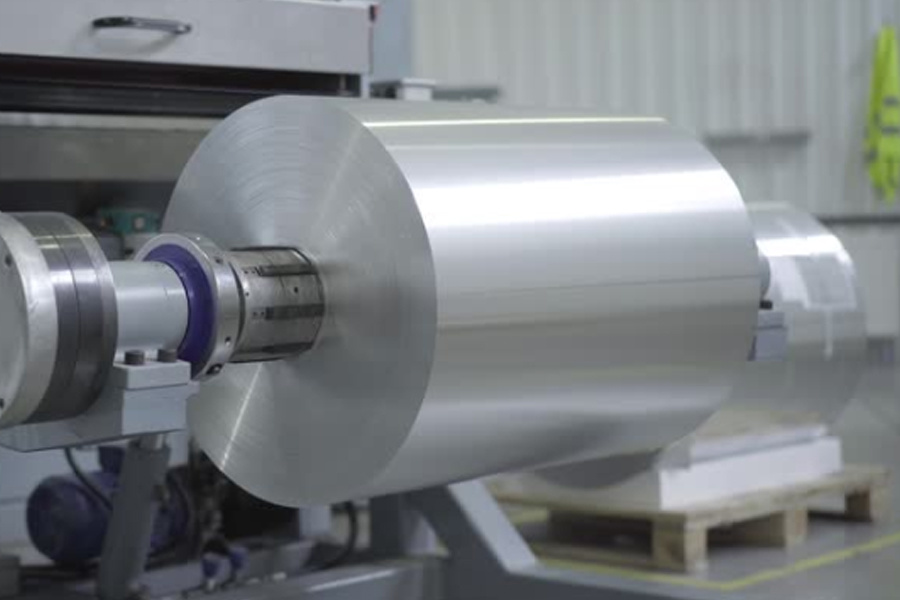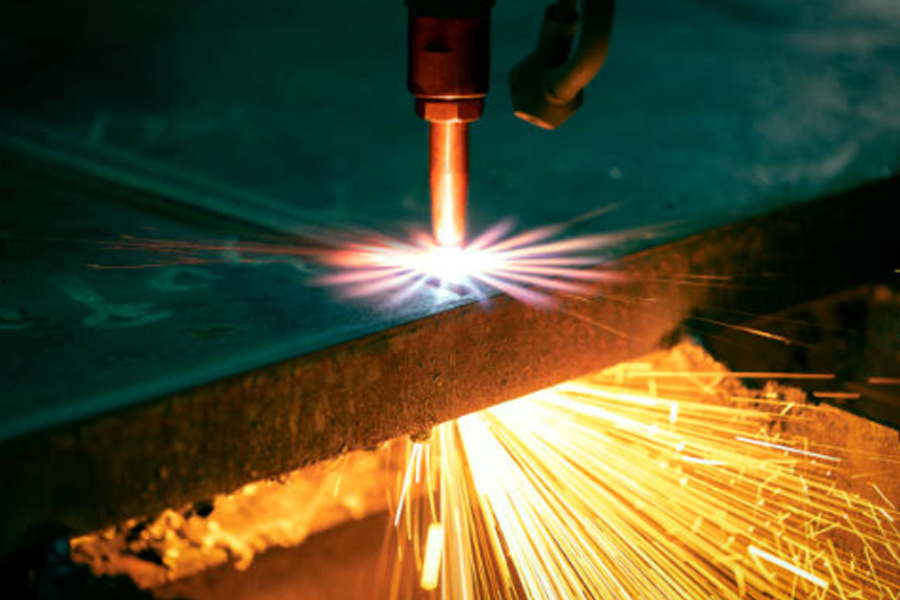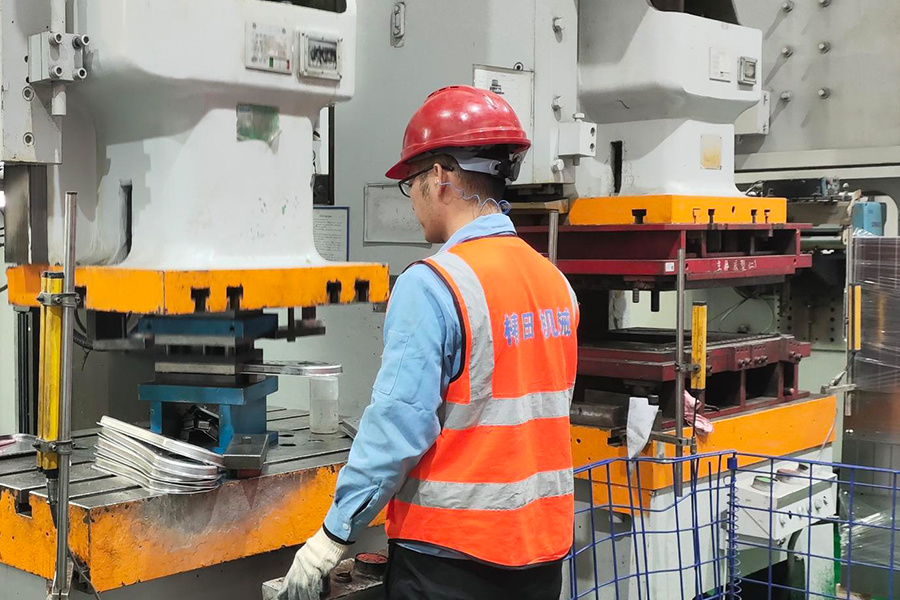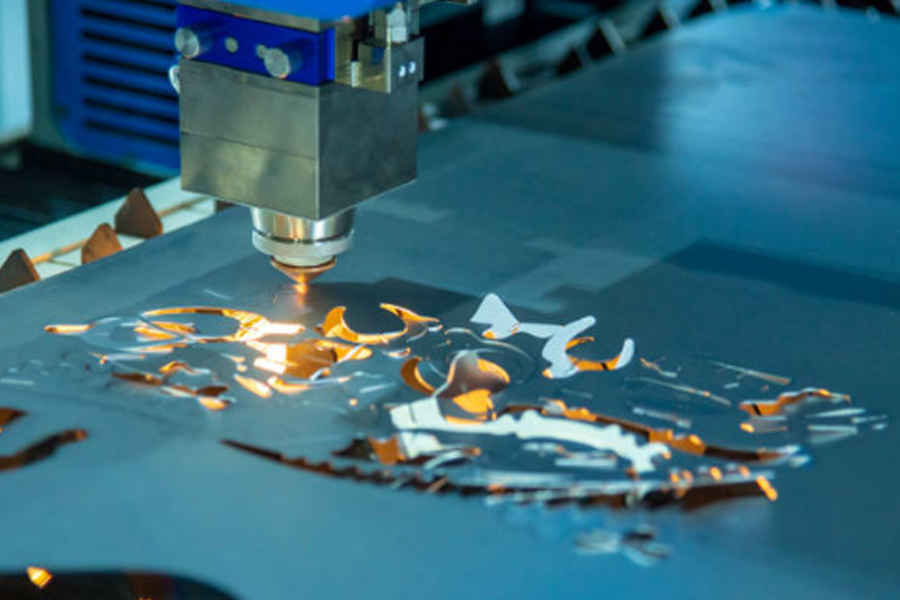High-Precision Medical Sheet Metal Machining Meeting Standards
Release time:
2025-04-03
Strict precision/reliability demands in medical device manufacturing: material selection, process optimization, quality control are key. Use precision forming, CNC bending, micro-welding to meet material performance, traceability, and process optimization requirements.
In the medical device manufacturing sector, the precision and reliability of sheet metal components directly impact the safety, functionality, and regulatory compliance of medical instruments. The stringent requirements of the medical industry—such as millimeter-level precision, biocompatibility, and corrosion resistance—pose significant challenges to processing techniques and quality control. This article analyzes the core approaches to achieving high-precision machining of medical sheet metal components from three dimensions: material selection, process optimization, and quality control, providing professional insights for the industry.
Material Control: Laying the Foundation for High-Precision Machining
The material selection for medical sheet metal components must satisfy dual requirements: performance suitability and regulatory compliance.
● Material Performance Screening: Based on application scenarios (e.g., implantable devices, in vitro diagnostic equipment, surgical instruments), prioritize medical-grade materials such as stainless steel (e.g., 316L, 304) and aluminum alloys (e.g., 5052, 6061), which offer corrosion resistance and low impurity content. Ensure their mechanical properties (strength, ductility) and machining characteristics (cutting performance, formability) align with design specifications.
● Quality Traceability Management: Require suppliers to provide complete material certification documents, including chemical composition analysis reports, mechanical property test data, and biocompatibility test results (e.g., compliant with ISO 10993 standards). Establish a full batch traceability system from raw material warehousing to finished product delivery to eliminate machining deviations caused by material defects.
● Preprocessing Process Control: For surface contaminants like oil and oxide layers on sheet metal, employ preprocessing techniques such as ultrasonic cleaning and pickling passivation to ensure surface cleanliness, creating optimal conditions for subsequent precision machining.

Process Optimization: Core Support for High-Precision Machining
The machining of medical sheet metal components requires integrating multidisciplinary processes, achieving precision through technological iteration and process refinement:
1. Precision Forming Technologies
● Laser Cutting: Utilize high-power fiber laser equipment to control cutting precision within ±0.05mm, avoiding stress-induced deformation from traditional mechanical cutting. This is particularly suitable for processing complex geometries and micro-apertures.
● CNC Bending: Use servo-motor-driven bending machines combined with 3D modeling software to pre-simulate bending paths. Correct springback errors through compensation algorithms to ensure bending angle precision of ±0.5° and edge straightness that meets the assembly requirements of medical devices.
● Micro-Welding Techniques: For thin-walled or precision components, adopt laser welding, pulsed TIG welding, or other technologies to control solder joint diameter ≤0.3mm, minimizing deformation in the heat-affected zone. Ensure joint strength and surface flatness through pre-welding positioning fixtures and post-welding stress relief treatment.
2. Surface Treatment Processes
● Medical-Grade Coating: Apply electrostatic powder coating or electrophoretic painting to achieve uniform coating thickness (deviation ≤±5μm) and surface roughness Ra≤0.2μm, meeting anti-● pollution and disinfectant resistance requirements in cleanroom environments.
● Electroplating Treatment: Enhance corrosion resistance and biocompatibility through electroless nickel plating, gold plating, etc. Strictly control plating thickness tolerances (e.g., nickel layer 5–10μm with ±10% deviation) to prevent assembly precision issues caused by uneven thickness.
3. Digital Collaborative Design
● Introduce Design for Manufacturability (DFM) analysis before machining. Simulate the machining process using CAD/CAM software to proactively identify potential precision risks (e.g., stress concentration, tool wear), optimizing tool paths and parameters for seamless integration between design and manufacturing.

Quality Control: Building an End-to-End Compliance System
The medical industry’s strict standards necessitate a quality control mechanism covering the entire machining lifecycle:
● Graded Precision Inspection
Dimensional Accuracy: Use Coordinate Measuring Machines (CMM) and image measuring instruments for 100% first-article inspection of critical dimensions (e.g., hole spacing, wall thickness, curved surface contours). During mass production, conduct statistical sampling to ensure dimensional tolerances meet drawings (e.g., ±0.02mm-level precision).
Surface Quality: Employ visual inspection systems or 2D microscopes to check for surface defects (scratches, dents, welding slag residue), ensuring surface roughness and coating adhesion comply with medical-grade standards (e.g., YY/T 0969 and other industry norms).
Functional Performance: For load-bearing or moving components, perform mechanical tests (tensile, torque) or simulated environmental tests (corrosion resistance, high-temperature resistance) to validate reliability under real operational conditions.
● Regulatory Compliance Certification
Machining processes must adhere to target market regulations, such as China’s NMPA registration standards, the EU’s MDR directive, and the US FDA’s 21 CFR Part 820. Implement an ISO 13485 medical device quality management system to standardize documentation for the entire process—from process design to production records—ensuring every step is traceable and verifiable.
● Continuous Improvement Mechanism
Use Statistical Process Control (SPC) to monitor machining data in real time. Analyze root causes of anomalies (e.g., equipment precision degradation, process parameter drift) through the PDCA cycle (Plan-Do-Check-Act), and optimize machining solutions to form a closed-loop management system of "inspection-analysis-improvement."
High-precision machining of medical sheet metal components represents a synthesis of technical capability and management systems, requiring systematic solutions in materials, processes, and quality. As a technology-driven enterprise specializing in precision manufacturing, CTTECH leverages advanced machining equipment, strict quality control systems, and experience collaborating with international medical brands to provide end-to-end services—from blueprint design to compliance certification—helping clients meet the medical industry’s rigorous standards.
Key Words






